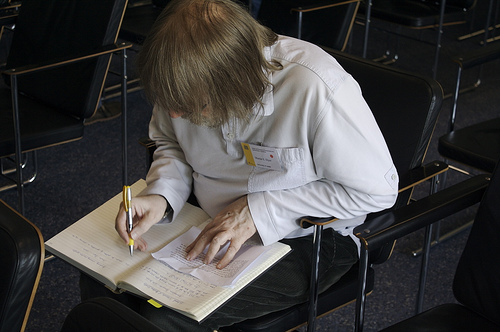Paraphrasing is a very useful skill in academic writing. It allows you to present the ideas of researchers and academics in your essay or paper in your own words and writing style, while providing a reference for where you found the information. However, if you don’t master the skill correctly, you might be accused of plagiarism if you present a passage in your work that is too close to the original (i.e. if you don’t reword it sufficiently and present it as your own words rather than a direct quotation). It is essential to learn how to paraphrase a passage correctly and effectively. Tips for correct paraphrasing: 1. Rewrite it in your own words and style. 2. Keep the length of the paraphrased section approximately the same as the original. 3. Ensure that you do not change the meaning of the original passage. How to paraphrase: 1. Read the original passage many times until you are sure that you understand it clearly. 2. If you need to, look up synonyms for words in the passage. Be sure to also check the definition of the synonym in a dictionary to be sure you understand it correctly. You do not need to find a synonym for every word, particularly technical terms. 3. Take notes. Write down each idea presented in the passage in a few words, not in a complete sentence. 4. If you have to paraphrase a long passage, it might be helpful for you to make a brief outline. 5. Write your paraphrased section from you notes. Do not look at the original while you are writing. 6. Compare your paraphrased section with the original. Ensure that you do not copy words or sentence structures too similarly. Further, make sure that you present the original meaning accurately and that you neither add new ideas nor remove any important parts from the original. 7. Finally, add a reference at the end of the paraphrased section (an in-text reference or footnote, depending on the referencing system you are using). Do not forget to include the source in your reference list or bibliography. Here is an example: Original passage: Prior to the formation of the Second Republic in 1931, Spanish women were not the legal equals of men. Unmarried women were in a slightly better legal position than were married women, since once they reached the age of 23, they possessed some legal rights, such as the right to sign contracts and conduct business. Paraphrased passage: In Spanish society, before the Second Republic was established in 1931, women did not have legal equality to men. Women who were over 23, if they were unmarried, had more legal rights than married women did. For example, they were legally allowed to sign contracts and to do business. Featured image by Nic’s events


